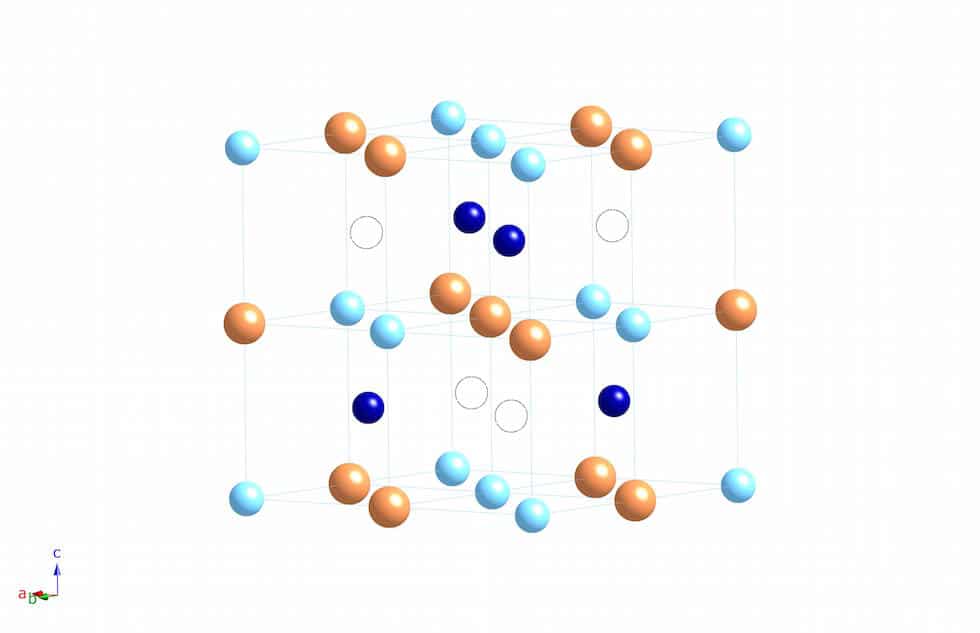
Thermoelectric generators (TEGs) produce electricity from a temperature difference between two types of electrical conductors, in a process known as the Seebeck effect.
Since the devices have no moving parts, they are extremely reliable. However, they typically require the use of toxic or scarce materials, limiting their use to niche applications such as powering space probes, for example.
Now a UK research team, led by Dr Jan-Willem Bos at Heriot-Watt University in Edinburgh, is attempting to use nanotechnology to reduce the cost of thermoelectric generators, allowing them to be used in a wider range of applications.
The team, which also includes researchers from Glasgow and Royal Holloway Universities and Leicestershire-based European Thermodynamics, will focus on so-called Heusler alloys, which contain combinations of abundant metals such as nickel, titanium and tin.
The researchers hope that by manipulating the nanostructure of the alloys they will be able to increase their energy conversion efficiency to that of more toxic materials.
To achieve good thermoelectric efficiencies, a material must have a high Seebeck coefficient, as well as low electrical resistivity and low thermal conductivity, said Bos.
Heusler alloys typically have a high Seebeck coefficient and low electrical resistivity, but a high thermal conductivity.
The researchers plan to alter the nanostructure of the alloys, to create a semiconducting matrix, with inclusions of a metal inside this matrix, said Bos. “This creates interfaces inside the material, which can be used to reduce its thermal conductivity, and that is important to achieving good thermoelectric efficiencies,” he said.
The devices could be embedded in car exhaust systems, where they could generate electricity from the waste heat. This in turn would allow the size of the alternator to be reduced, improving fuel efficiency.
The most efficient TEG for the temperatures found inside car exhausts is a compound of toxic lead and rare tellurium, said Bos. “That is a non-starter for practical applications, so we are trying to get similar performance, but from something that is a bit more feasible,” he said.
The technology could also be used to generate electricity from waste heat from power plants, for building combined heat and power units for remote locations, and to replace batteries in wearable microelectronics.
European Thermodynamics will build prototype TEG devices as part of the project.




Report highlights significant impact of manufacturing on UK economy
Note to Evil Villain/Dave 2020. Thatcher was PM for _11_ years, from 1979 to 1990 so no one under the age of 34 was even born when she left office....